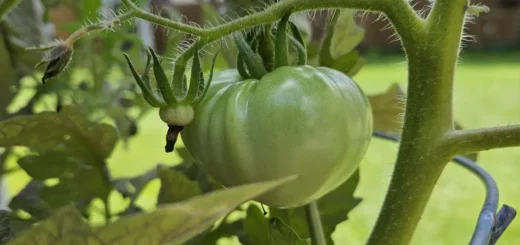10 Essential Culinary Herbs for Your Emergency Garden
Hey there, fellow garden enthusiasts and preppers! If you’ve ever thought about being prepared for emergencies while elevating your culinary game, you’re in the right place. In this Southern Prepper post, we’re diving into the world of emergency gardens and the top 10 essential culinary herbs you should consider planting.
Picture this: A power outage, a natural disaster, or even just a temporary disruption in the food supply chain. In moments like these, having a well-tended herb garden can make a world of difference. Not only will you have access to fresh, flavorful herbs to enhance your meals, but you’ll also have a source of comfort and self-sufficiency.
You might be wondering why this is important. Well, we all know that food prices have been on the rise recently. According to a Consumer Price Index report from the Bureau of Labor Statistics, food prices jumped by a significant 11.4% from August 2021 to August 2022. That’s a substantial increase in just one year.
But it doesn’t stop there. Nearly every food item is now more expensive, with bread becoming 16.2% pricier in August than it was a year ago, and the cost of eggs soaring by a staggering 39.8%. These numbers highlight the growing concern about the affordability and accessibility of our daily groceries.
So, in times when the grocery bill seems to be on a never-ending climb, having a well-tended herb garden can make a world of difference. Not only will you have access to fresh, flavorful herbs to enhance your meals, but you’ll also have a source of comfort and self-sufficiency.
Now, let’s be clear, we’re not suggesting you transform your entire backyard into an apocalyptic herb farm. No, it’s all about being practical and prepared. We’ve selected 10 herbs that are not only easy to grow but also pack a punch when it comes to adding flavor to your dishes. If you are just getting started, these herbs are easy to grow and will thrive in your emergency garden.
So, let’s get our hands dirty and start exploring the world of emergency gardening with these 10 essential culinary herbs. From basil to oregano and everything in between, we’ve got you covered. Let’s make sure your future meals are not only delicious but also resilient in the face of an emergency.
Table of Contents
The Triple Threat of Culinary Herbs: Flavor, Nutrition, and Versatility in Emergency Meals
Flavorful Enhancements
Imagine a meal without any seasonings or herbs – it would be quite bland! Culinary herbs are ingredients that have the power to transform plain and simple dishes into culinary delights. In emergency situations, where you might have limited access to fresh ingredients, herbs can become your flavor saviors. They elevate the taste of even the most basic meals, turning them into something satisfying and enjoyable.
For example, a simple pot of rice or a bowl of soup can be completely transformed with the addition of herbs like basil, thyme, or rosemary. These herbs infuse your dishes with vibrant flavors, making them not only palatable but also comforting during hard times.
Nutritional Value
Herbs are not just about taste; they also bring a nutritional punch to your meals. Many culinary herbs are rich in essential vitamins, minerals, and antioxidants that can help support your overall health, especially when you might not have access to a variety of fresh produce. For instance, parsley is a great source of vitamin K and vitamin C, while oregano is loaded with antioxidants.
In emergencies, maintaining good nutrition is vital for staying strong and resilient. By incorporating herbs into your meals, you’re not only enhancing the flavor but also boosting the nutritional content of your dishes, ensuring you get the vital nutrients your body needs.
Versatile Ingredients
One of the key advantages of culinary herbs is their versatility. These herbs can be used in a wide range of dishes, from soups and stews to salads and sauces. Their adaptability allows you to get creative with your emergency meals, turning basic ingredients into diverse and satisfying dishes.
For instance, basil can be used to make pesto for pasta or add freshness to a tomato and mozzarella salad. Thyme can be a savory addition to roasted vegetables or a flavorful seasoning for grilled chicken. The possibilities are endless, and having a variety of culinary herbs in your emergency garden means you can experiment with different flavors and cuisines, keeping mealtime interesting and enjoyable.
Culinary herbs play a big role in emergency meals by enhancing flavor, providing essential nutrients, and offering versatility in your cooking. They ensure that your meals are not only nourishing but also delicious. So, as we explore our top 10 essential culinary herbs for your emergency garden, keep in mind the incredible impact they can have on your emergency preparedness and culinary adventures.
A Bounty of Flavor: Meet Your 10 Essential Culinary Herbs for Emergency Gardens
Now that we’ve explored why culinary herbs are indispensable in emergency meals, let’s dive right into our curated list of culinary herbs that are not only suitable for emergency gardens but also incredibly versatile. For each of these herbs, we’ll provide a brief overview, showcasing their culinary uses, nutritional perks, and even some potential medicinal properties. Plus, we’ll throw in some handy tips on growing and harvesting them to ensure your emergency garden thrives.
Basil: The Flavorful All-Star
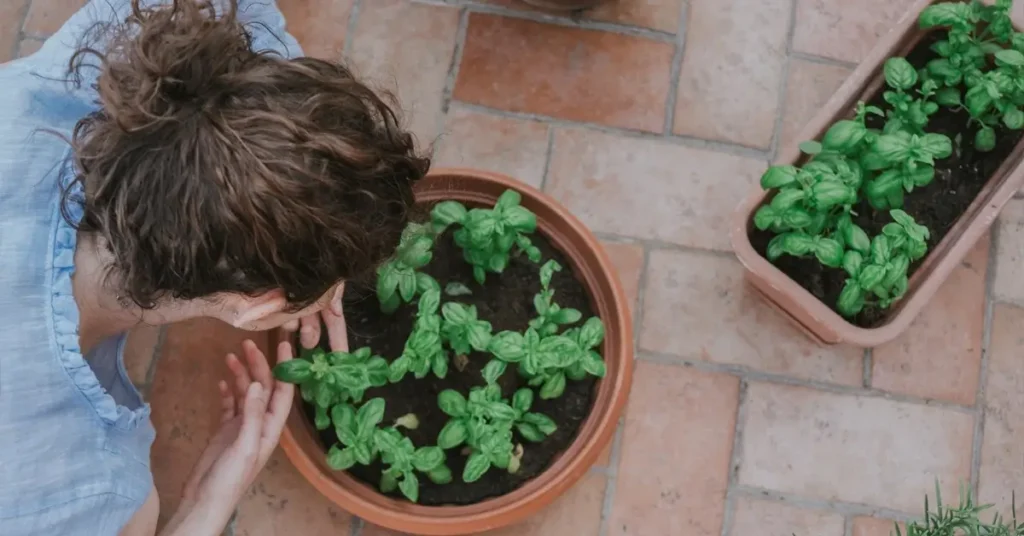
Description: Basil, with its aromatic leaves, is a true culinary star. Its vibrant, sweet, and slightly peppery flavor makes it a must-have herb in your emergency garden.
Culinary Uses: Basil is fantastic for Italian dishes, pesto sauce, caprese salads, and adding a burst of freshness to soups and stews.
Nutritional Benefits: It’s rich in vitamin K, essential for blood clotting, and provides vitamin A and antioxidants.
Medicinal Properties: Basil is known for its potential anti-inflammatory and antibacterial properties.
Growing Tips: Basil loves sunlight and well-drained soil. Ensure regular pruning to encourage bushy growth.
Rosemary: Aromatic and Resilient
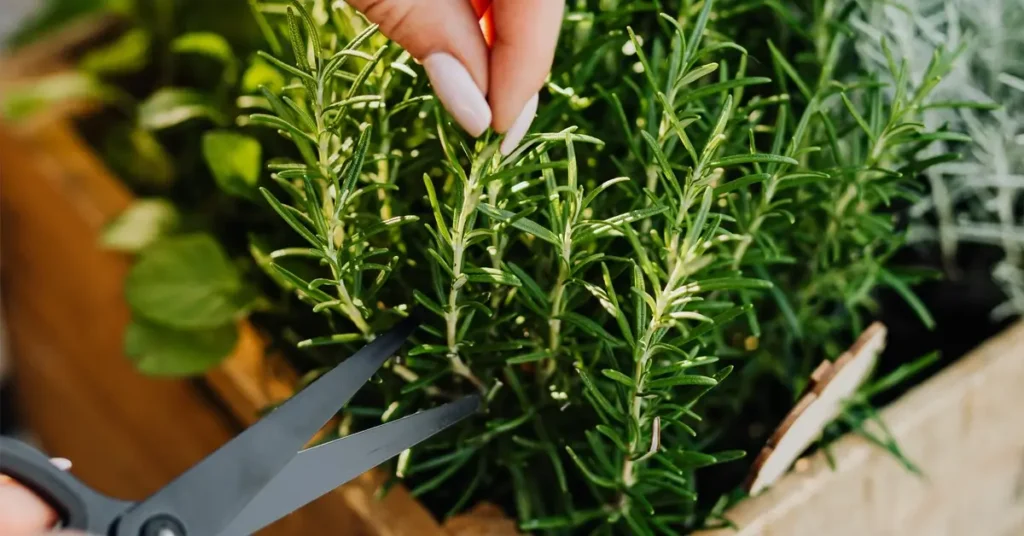
Description: Rosemary is a fragrant herb that adds depth and earthiness to your dishes. Its hardy nature makes it perfect for emergency gardens.
Culinary Uses: It’s a great addition to roasted meats, potatoes, bread, and even infused oils.
Nutritional Benefits: Rosemary is a good source of antioxidants and may help improve digestion.
Medicinal Properties: It’s believed to have anti-inflammatory and memory-enhancing properties.
Growing Tips: Rosemary thrives in well-drained soil and full sun. Prune regularly to maintain its shape.
Thyme: Flavorful and Drought-Tolerant

Description: Thyme has a savory flavor profile with hints of mint and lemon, making it a versatile herb for your emergency garden.
Culinary Uses: It pairs well with roasted vegetables, poultry, and soups, adding a savory depth to dishes.
Nutritional Benefits: Thyme contains vitamins C and A and has potential immune-boosting properties.
Medicinal Properties: Thyme has been used for its potential antibacterial and antifungal properties.
Growing Tips: Thyme is drought-tolerant and thrives in well-drained soil. Prune to encourage bushy growth.
Oregano: Mediterranean Flavor for Your Garden
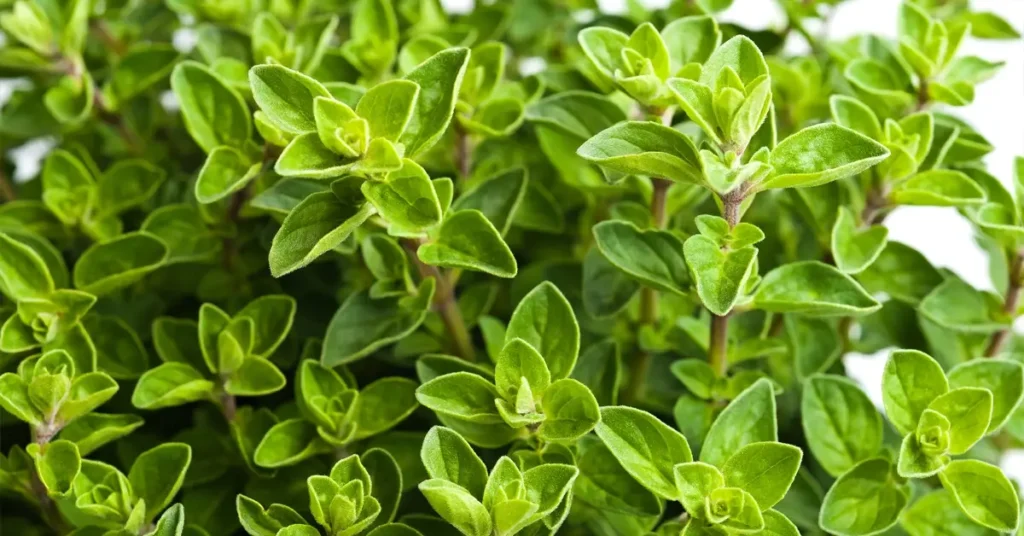
Description: Oregano brings a touch of the Mediterranean to your garden with its robust, aromatic leaves.
Culinary Uses: It’s essential for Italian and Greek dishes, pizza, and pasta sauces.
Nutritional Benefits: Oregano is packed with antioxidants and may have antimicrobial properties.
Medicinal Properties: It’s believed to have potential antibacterial and anti-inflammatory properties.
Growing Tips: Oregano prefers well-drained soil and full sun. Trim regularly to keep it from becoming too woody.
Parsley: The Fresh and Nutrient-Packed Herb
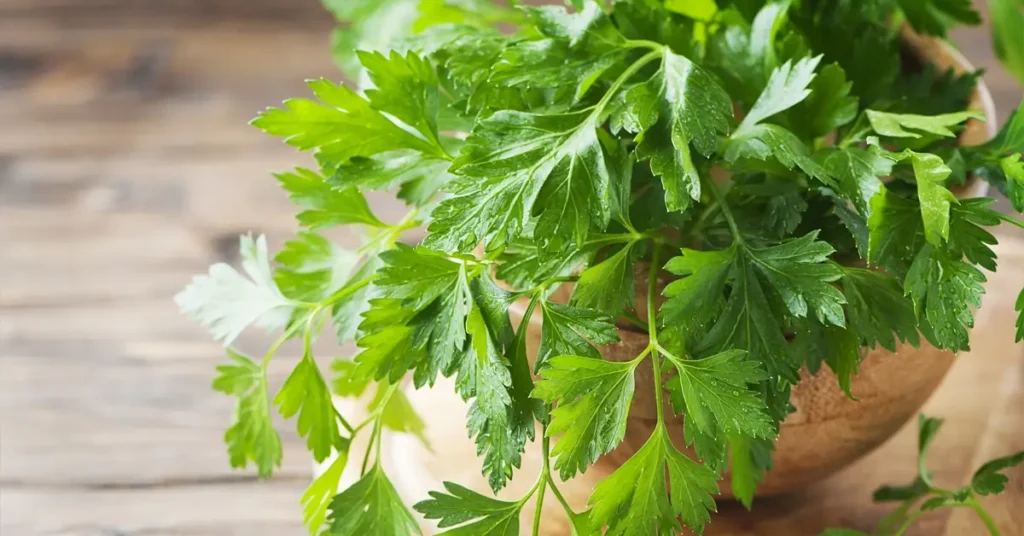
Description: Parsley is a versatile herb with bright green, curly or flat leaves, and a mild, slightly peppery flavor.
Culinary Uses: It’s perfect for garnishing salads, soups, and as a flavor enhancer in various dishes.
Nutritional Benefits: Parsley is rich in vitamin K, vitamin C, and vitamin A, contributing to bone health and immune support.
Medicinal Properties: Some studies suggest that parsley may have diuretic and antioxidant properties.
Growing Tips: Parsley prefers well-drained soil and partial shade. Keep the soil consistently moist for optimal growth.
Cilantro (Coriander): A Fresh and Vibrant Herb
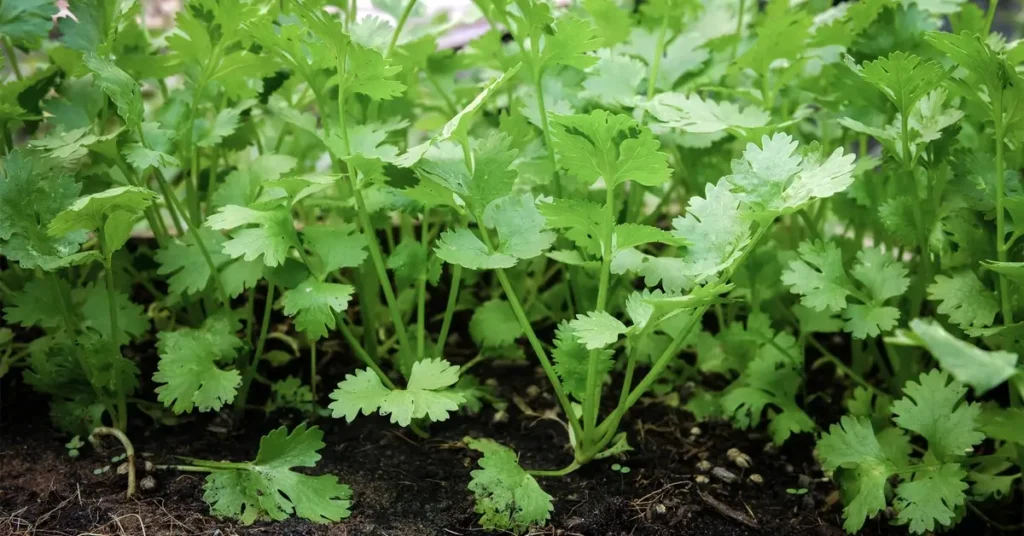
Description: Cilantro, also known as coriander, boasts bright green leaves and a citrusy, slightly peppery flavor.
Culinary Uses: It’s a key ingredient in Mexican, Thai, and Indian cuisines, enhancing the flavor of salsas, curries, and guacamole.
Nutritional Benefits: Cilantro is a good source of vitamin K and antioxidants, contributing to heart and bone health.
Medicinal Properties: Some studies suggest cilantro may have anti-inflammatory and digestive benefits.
Growing Tips: Cilantro prefers well-drained soil and partial sun to prevent it from bolting to seed too quickly. Successive plantings ensure a continuous supply.
Chives: Mild and Easy-to-Grow
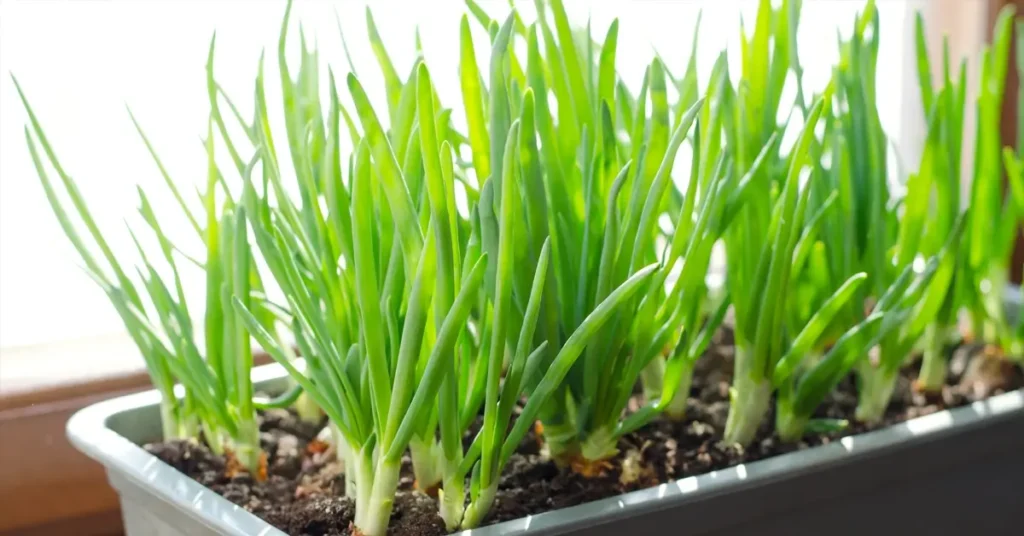
Description: Chives are slender, green herbs with a mild onion flavor, perfect for adding a gentle kick to your dishes.
Culinary Uses: They’re excellent for garnishing, adding to omelets, and enhancing the flavor of dips and cream-based sauces.
Nutritional Benefits: Chives contain vitamins A and C and are low in calories, making them a nutritious addition to your meals.
Medicinal Properties: Chives may have mild antibacterial properties and can aid digestion.
Growing Tips: Chives are hardy and easy to grow in well-drained soil and partial to full sun. Regularly trim them to encourage new growth.
Mint: Cool and Refreshing

Description: Mint is known for its cool, refreshing flavor with a hint of sweetness, making it a fantastic addition to both sweet and savory dishes.
Culinary Uses: It’s perfect for desserts, teas, and as a garnish for savory dishes like lamb or salads.
Nutritional Benefits: Mint contains antioxidants and may help soothe digestion.
Medicinal Properties: Mint is widely used for its potential digestive and calming properties.
Growing Tips: Mint can be invasive, so it’s best grown in containers or isolated areas. It thrives in partial to full sun and moist soil.
Sage: Earthy and Flavorful

Description: Sage has a distinctive earthy, slightly peppery flavor and velvety, gray-green leaves.
Culinary Uses: It pairs well with poultry, stuffing, and roasted vegetables, adding depth to dishes.
Nutritional Benefits: Sage contains antioxidants and may have anti-inflammatory properties.
Medicinal Properties: Sage has a long history of use for its potential cognitive and throat-soothing benefits.
Growing Tips: Sage prefers well-drained soil and full sun. Pruning keeps the plant bushy and productive.
Dill: Delicate and Aromatic
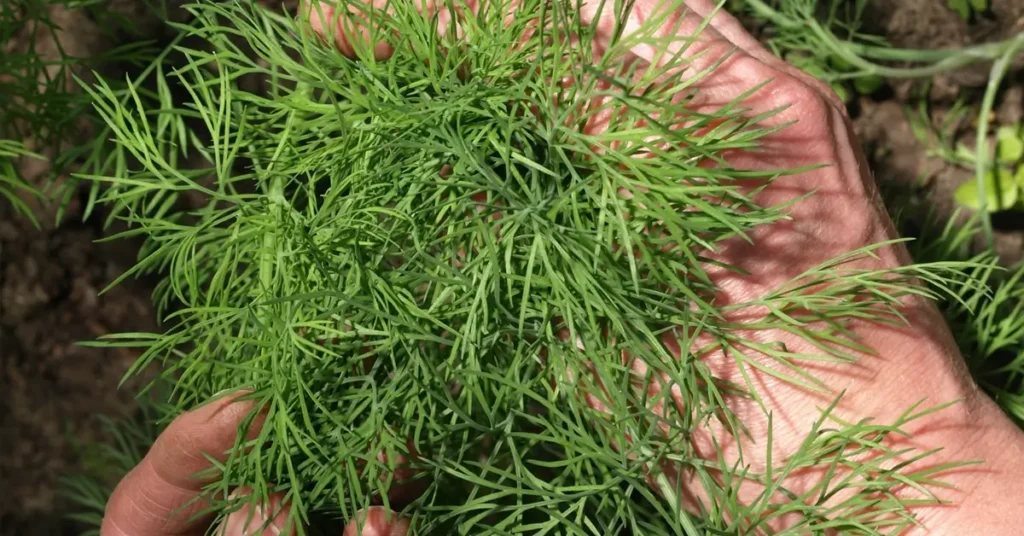
Description: Dill features delicate, feathery leaves with a mild, aromatic flavor, often associated with pickles and seafood.
Culinary Uses: It’s a key ingredient in dill pickles, potato salads, and complements fish dishes beautifully.
Nutritional Benefits: Dill contains vitamins A and C and may have digestive benefits.
Medicinal Properties: Dill has been used traditionally for its potential digestive and anti-inflammatory properties.
Growing Tips: Dill prefers well-drained soil and full sun. Plant it near its intended culinary companions for convenience.
Cultivating Resilience: Your Path to Flavor, Nutrition, and Self-Sufficiency
As we bring our journey through the world of culinary herbs to a close, let’s recap the vital takeaways and inspire you to embark on your own journey toward flavor, nutrition, and self-sufficiency.
Flavor, Nutrition, and Self-Sufficiency: The Triple Win
Throughout this article, we’ve emphasized the incredible value of culinary herbs in adding flavor, nutrition, and self-sufficiency to your emergency meals. These herbs are like your culinary allies, ready to elevate even the simplest dishes and keep your nutrition on track when fresh ingredients are scarce. They are delicious, and healthy, and offer self-reliant eating no matter what challenges come your way.
Your Journey Begins Now
It’s time to take action. Planning an emergency garden filled with these essential culinary herbs is a tangible step toward resilience and self-sufficiency. Imagine the satisfaction of walking to your garden and plucking fresh herbs to transform your emergency meals into culinary delights. It’s a journey that connects you with the earth and prepares you for the unexpected.
If you need help getting started, here are a few resources to guide you on your way:
- Local gardening communities and clubs: Connect with fellow gardeners for advice and support.
- Gardening books and online tutorials: Learn the ropes of cultivating herbs and maintaining your emergency garden.
- Seed catalogs and nurseries: Source high-quality herb seeds or plants to kickstart your garden.
Your emergency garden doesn’t need to be expansive. Even a small herb pot on your windowsill can make a significant difference in your culinary adventures.
So, take the first step, plan your emergency garden, and embrace the world of flavor, nutrition, and self-sufficiency that culinary herbs offer. You’re on your way to a more resilient and satisfying culinary journey, one herb at a time. Happy gardening!



